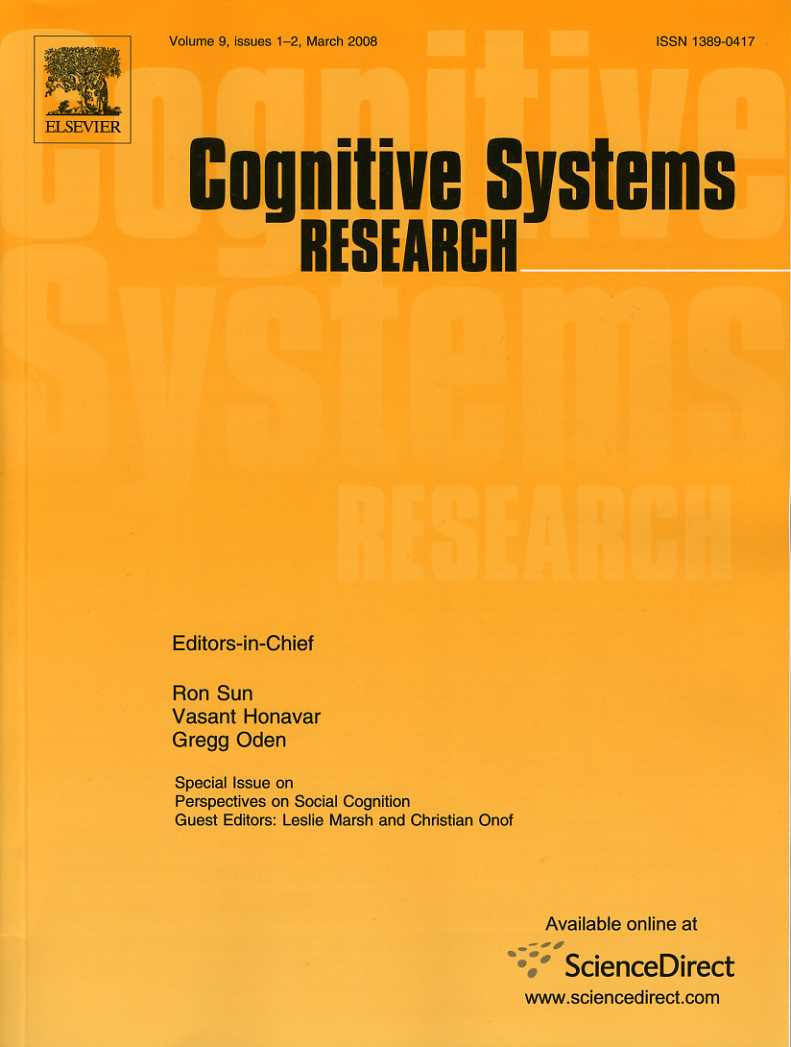The intro to Joel’s paper:
Everybody knows that time, the body and the environment are important for cognition. You would not get much thinking done if you were not in a sufficiently oxygen-rich environment or if your body did not operate so as to deliver that oxygen to your organs in just the right quantities at just the right times. In addition, it is almost a truism that what we do with our bodies and environments is tremendously important for mental life; we all rely on diaries and shopping lists to help supplement our notoriously unreliable memories, and even adults sometimes resort to counting on their fingers in order to speed up calculations. This practical significance, however, has not often amounted to a kind of theoretical significance for cognitive science; an agent’s body, environment and temporal co-ordination have mostly been seen as (mere) implementation details.
There is, however, a growing and laudable interest in a nexus of concepts one can usefully refer to as the DEEDS approach to cognitive science. Central to this development is the idea that the mind is essentially “situated”. Embodied, embedded and distributed approaches try to understand cognitive systems with reference to the bodies, environments and social structures in which they are physically situated. Dynamical cognitive science tries to do justice to the temporal situatedness of cognition, by emphasising the importance of time and timing. Both aspects of this theoretical reorientation have gone hand in hand with a novel and intriguing set of example phenomena that advocates of the DEEDS approach regard as paradigmatically cognitive. Whereas classical cognitive science was concerned with abilities such as chess-playing and logic-crunching, many now see abilities such as sensori-motor co-ordination and obstacle avoidance as central. Brian Cantwell Smith (1999) captures this new zeitgeist, by noting that the DEEDS approach “… views intelligent human behaviour as engaged, socially and materially embodied activity, arising within the specific concrete details of particular (natural) settings, rather than as an abstract, detached, general purpose process of logical or formal ratiocination” (p. 769).
In this paper, I want to draw out a distinction between two different readings of the DEEDS hypothesis. On one reading, the DEEDS approach makes a metaphysical claim about the nature and location of cognitive processes—it claims that they may, in some cases, be constituted by factors which lie outside of the physical boundaries of the organism. On the other reading, the DEEDS approach advances a methodological prescription about how we ought to do cognitive science—it claims that more attention should be paid to bodily and environmental factors than has hitherto been the case. These two claims are often run together by advocates of the DEEDS approach, but they are worth teasing apart. For one thing, the distinction has some historical precedent—both behaviourism and the dynamical approach to cognition have already been outlined in accordance with similar distinctions. Further, I will argue that the methodological reading of the DEEDS approach is “pursuitworthy” independently of the metaphysical reading. It can also avoid some of the major objections that have targeted the latter. Thus, I conclude that the DEEDS approach cannot be dismissed as straightforwardly as some of its opponents would wish.
